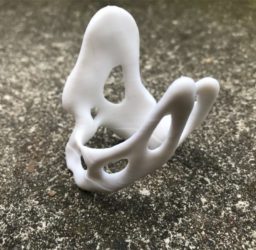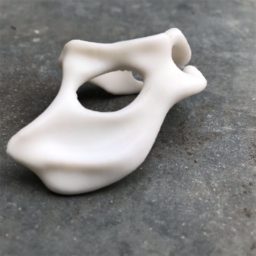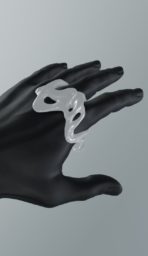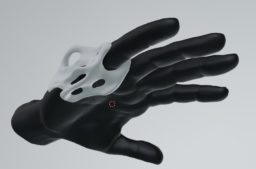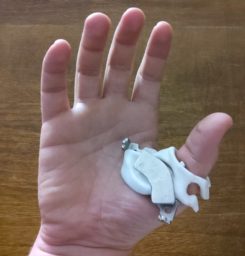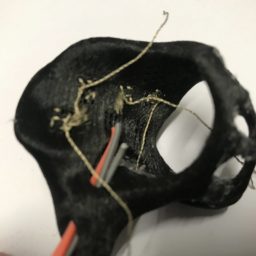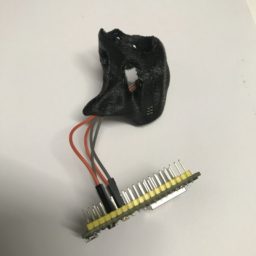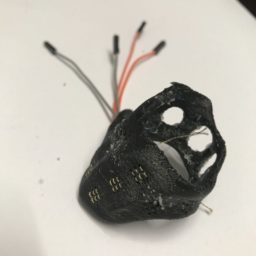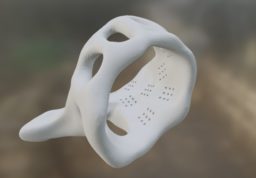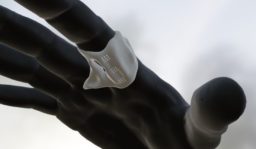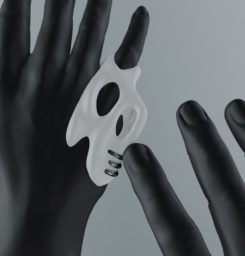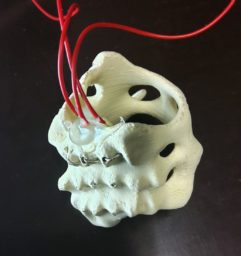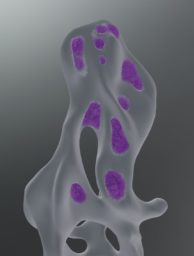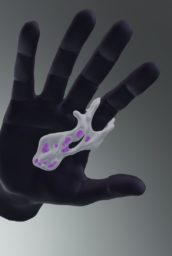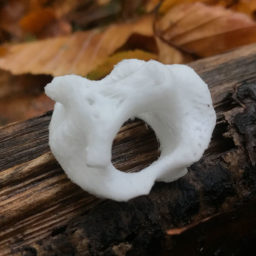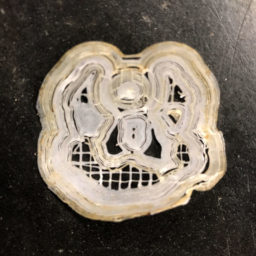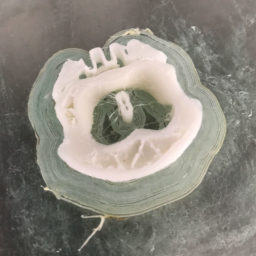Formal studies The following are formal studies for a device, that is attached directly to the hand as some kind …
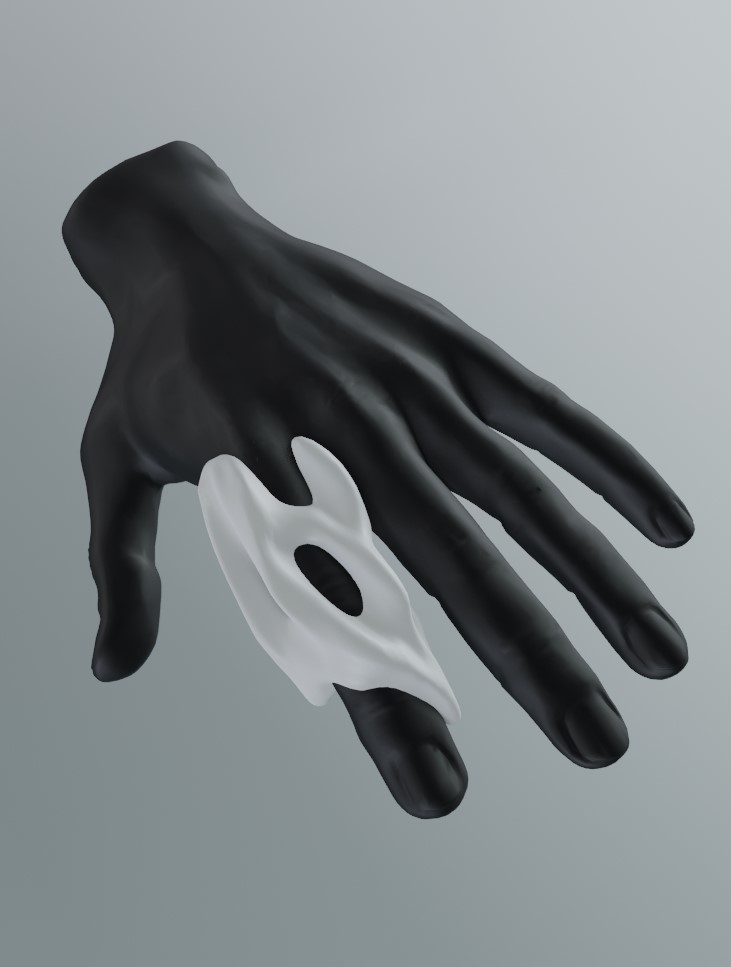
Formal studies
The following are formal studies for a device, that is attached directly to the hand as some kind of sensory thing to measure bio data and as obvious, simple interface to any electronic system.
Modularity
To enhance the concept it seems obvious to make all modules combinable – this might work with conventional clip or skrew compound but also with magnetic connections, as they als can be conductive 🙂 – tbc…
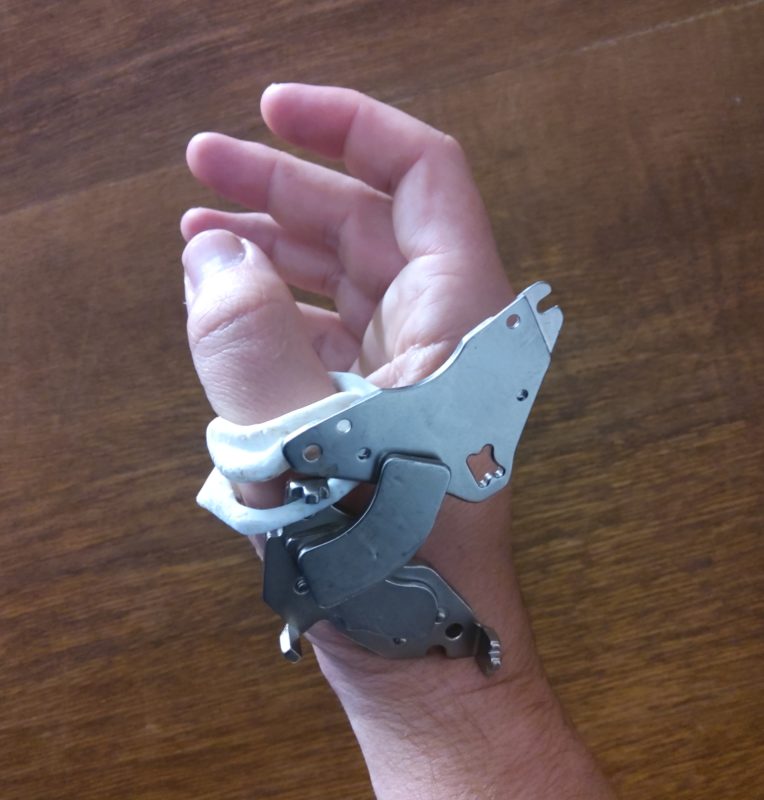
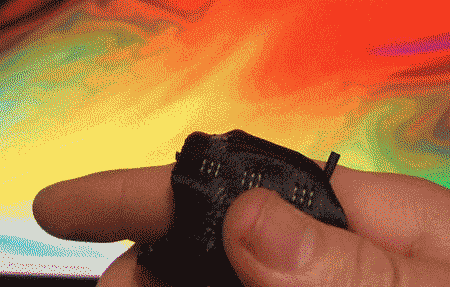
*note: in accompany to this prototype, you can vists some basic code and guidelines how this one was build: Basic example of interfacing javascript with ESP32 and BLE.
Touch UI prototype
This prototype is printed with conventional material called Ninjaflex TPU95A / Cura / Makerbot V3 which comes with flexible properties. As the original idea was some kind of stiff device for the body, this prototype/ui might work with squeezing or deformation too.
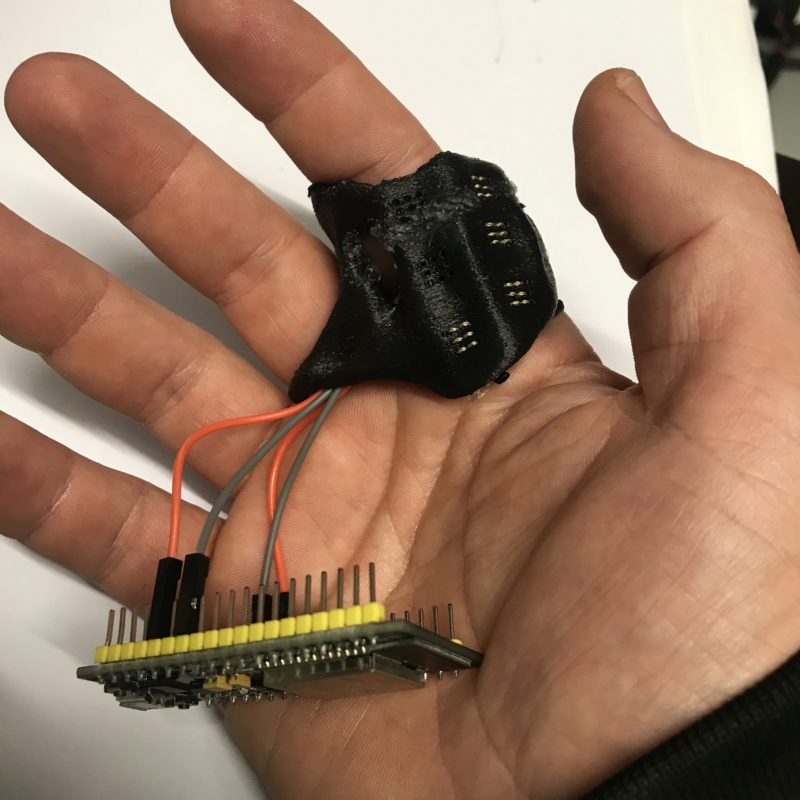
To realize this approach i used conductive thread to realize the electronics in this more flexible approach. note: conductive thread needs to be connected to convencient wire WITHOUT soldering! – shrinking tubes and some knots seem to work pretty fine 🙂
Addionally – here we have the sketches and 3D model for the Ninjaflex prototype.
concept: combine conductive material with cage material / two component 3d print

concept: 3d printed bio reactor
The core of the device is printed with bio filament which can grow fungi, microbes or else. The biomaterial is fed by the warmth and humidity of the hand. It is hold cage by a basic PLA holder.
Growlay Filament
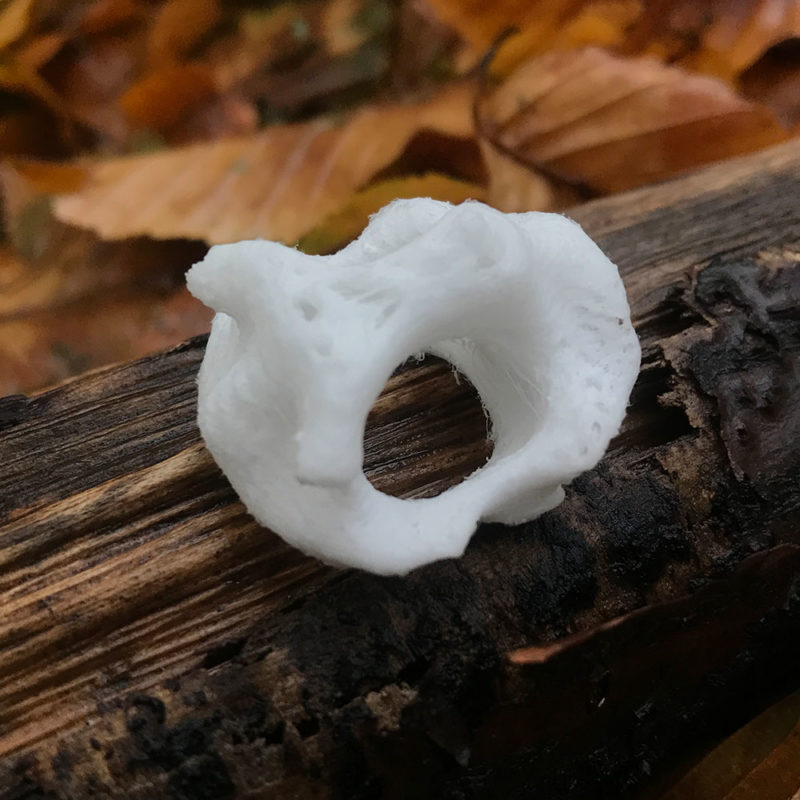
mikrokampillares Filament, das wie Nährboden funktionieren kann.
https://www.3dmensionals.de/growlay-filament?number=PSULY0095V
